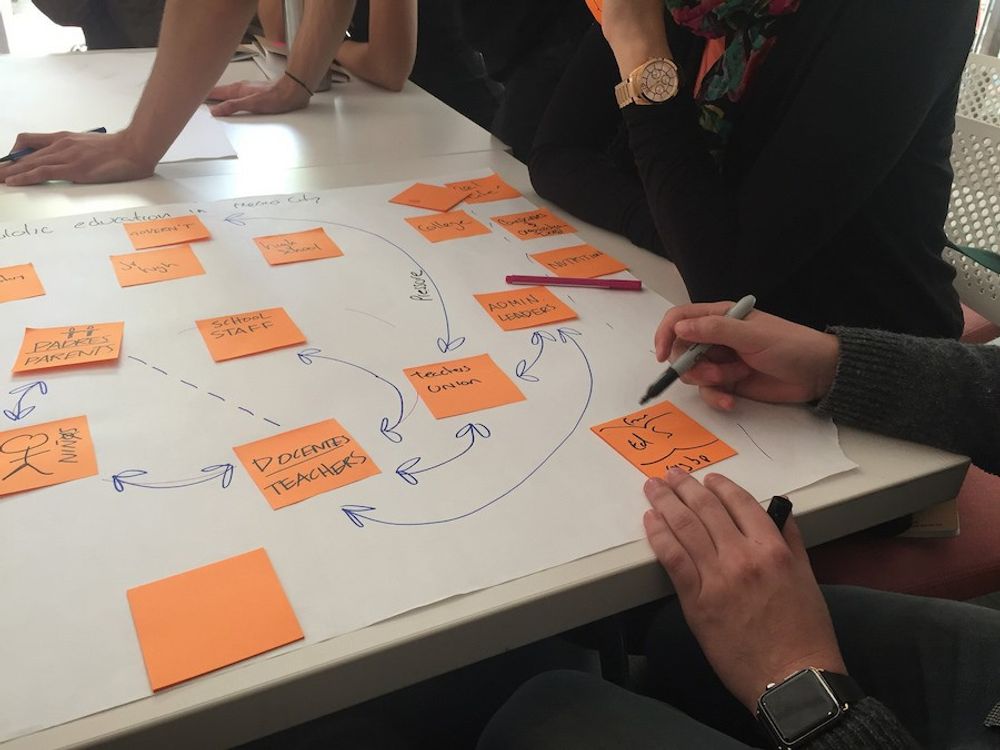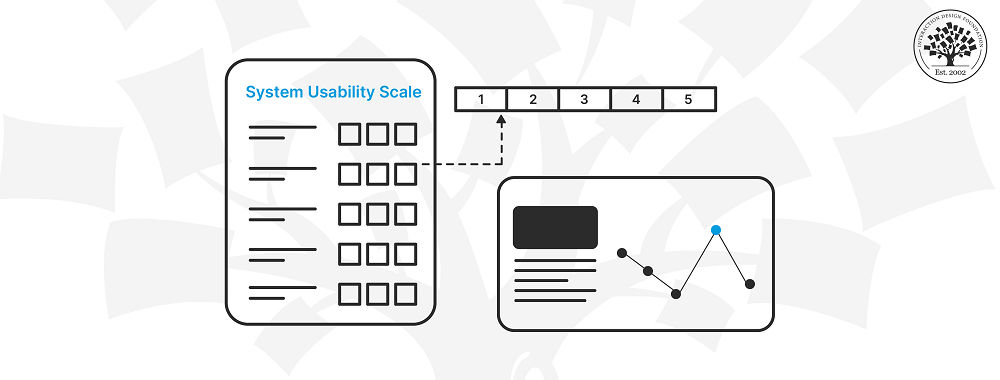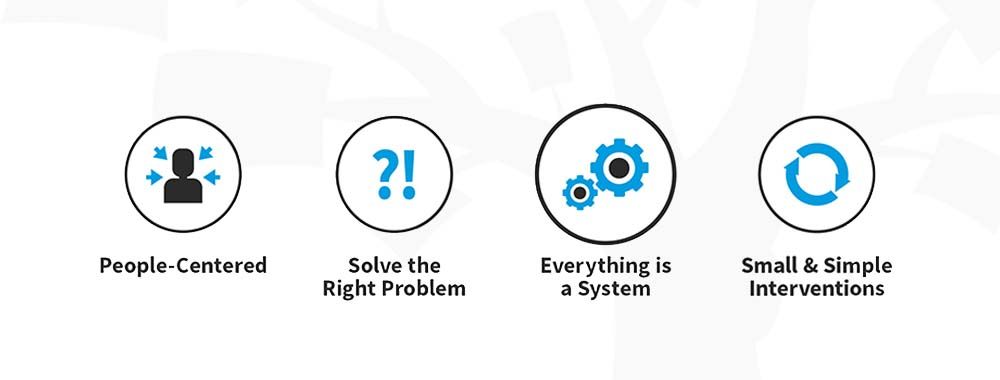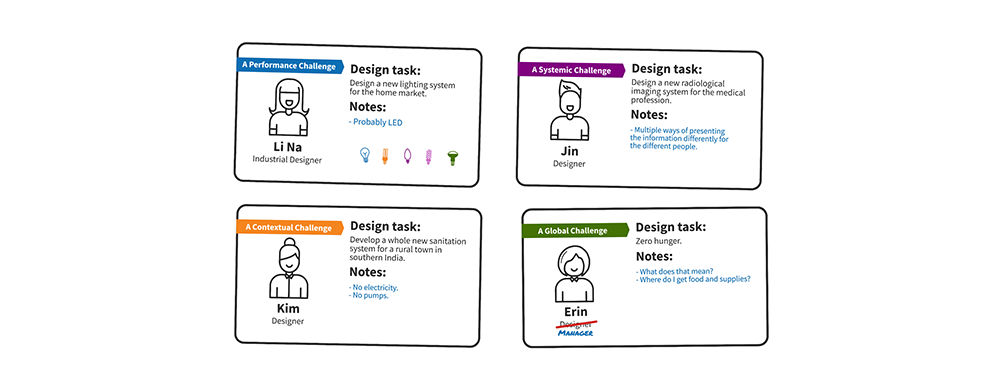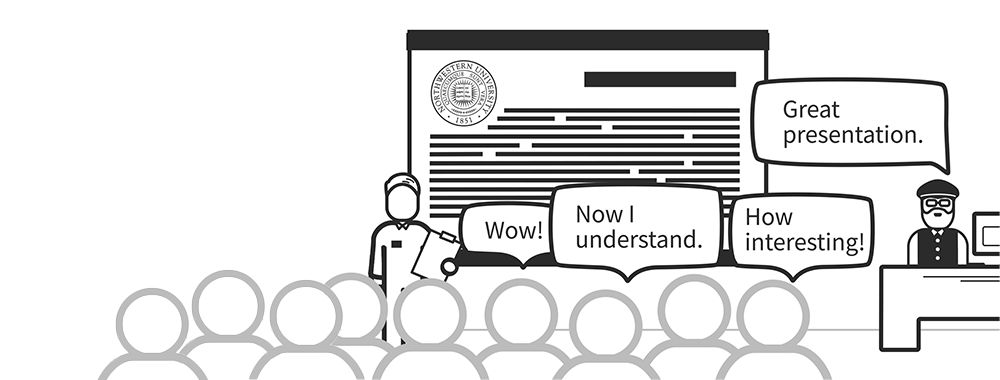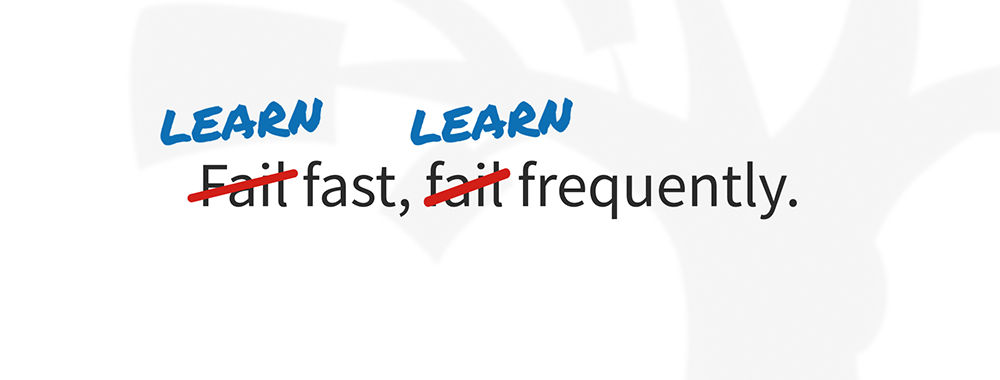When we design products and services, we use human-centered design insights to help us focus on the people. But how do we focus on the people in the context of complex global challenges? What should we be aware of? What are the pitfalls? And when should we reach out to help people? In this video, Don Norman will tell you how he thinks we can learn from the people-centered principle of human-centered design and how we can strive to solve complex global challenges.
“When you design, you have to understand what the capabilities are of the people you're designing for.”
— Don Norman: Father of User Experience design, author of the legendary book The Design of Everyday Things, co-founder of the Nielsen Norman Group, and former VP of the Advanced Technology Group at Apple.
So, how can we start to leverage the power and insights of the local people? Don Norman, who coined the term “user experience,” will help us understand how to use community-based design and let the people drive the projects. Let’s watch.
Show
Hide
video transcript
- Transcript loading…
Video copyright info
Cognitive Science building at UC San Diego. by AndyrooP (CC-BY-SA-4.0)
https://commons.wikimedia.org/wiki/File:Cognitive_Science.jpgThe 4 Principles of Human-Centered Design: People-Centered
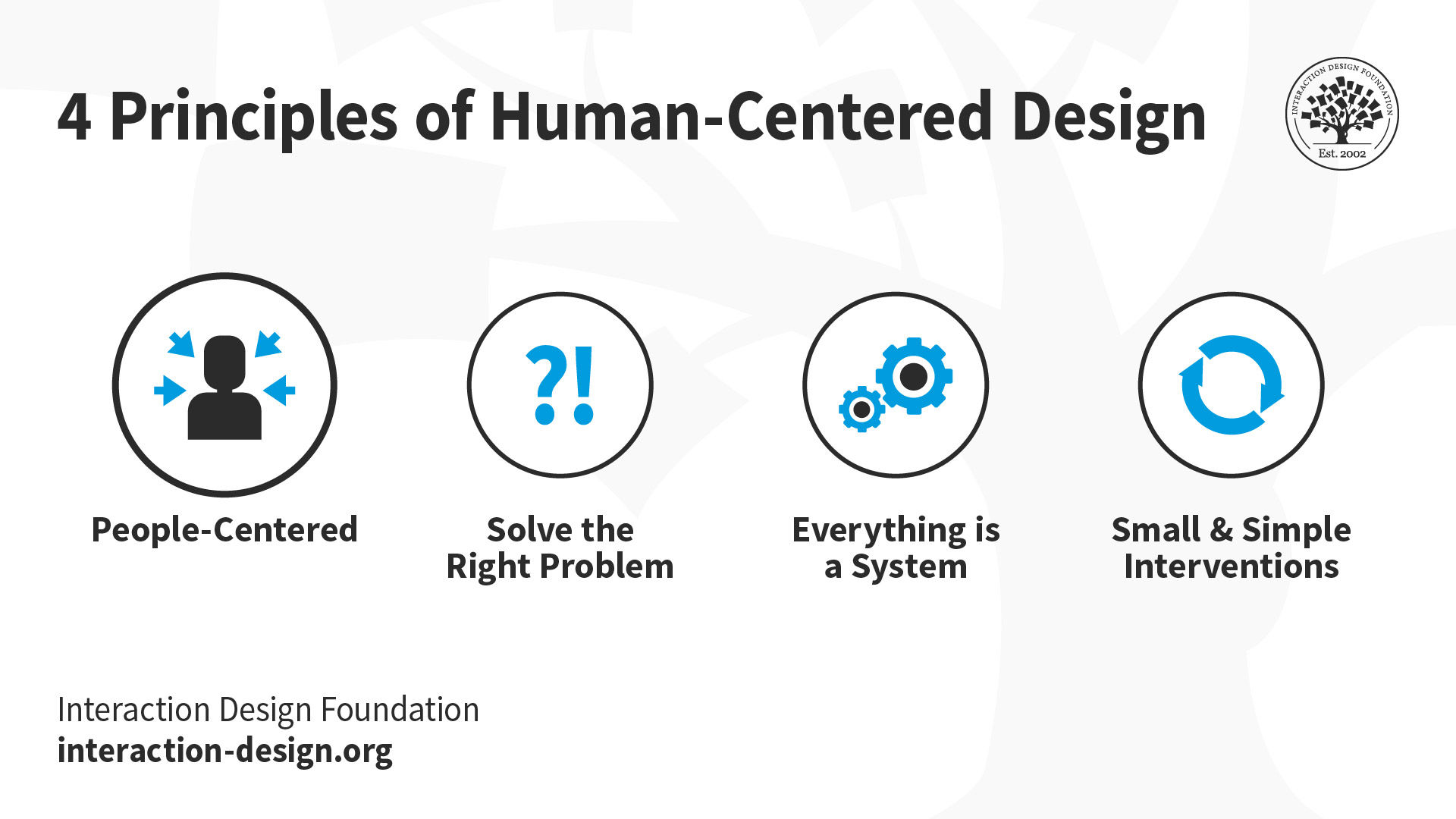
People are at the heart of human-centered design. As Don Norman explains above, when we tackle complex global challenges, we should not design for people. Instead, we should involve and design with the people who are closest to those challenges.
© Interaction Design Foundation, CC BY-SA 3.0
References and Where to Learn More
Read Don’s insight-laden book The Design of Everyday Things to learn more about Human-Centered Design.
Ready to shape the future, not just watch it happen? Join the Father of UX Design, Don Norman, in his two courses, Design for the 21st Century and Design for a Better World, and turn your care for people and the planet into design skills that elevate your impact, your confidence, and your career.
Images
© Interaction Design Foundation, CC BY-SA 3.0


